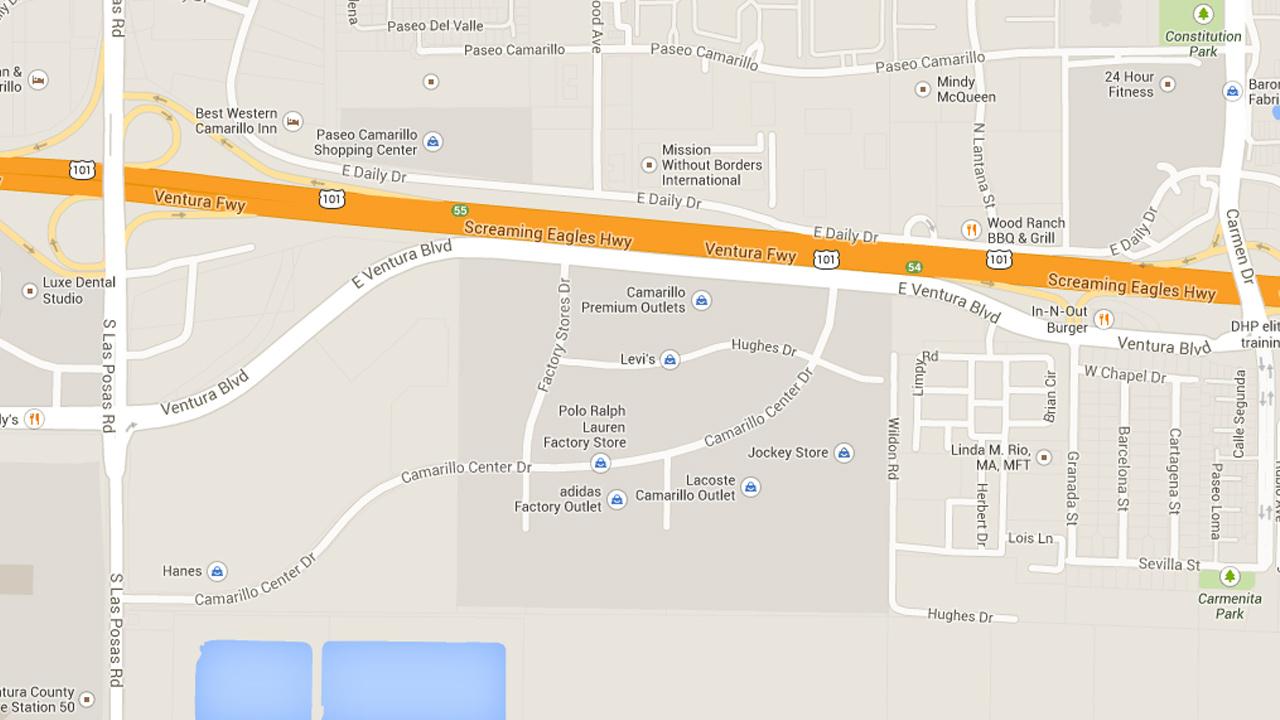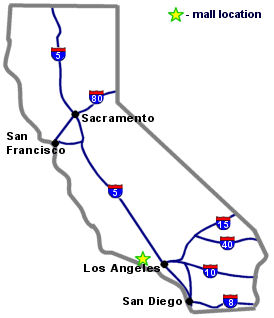

1875) ^^ - A closer view of the San Fernando Mission and the Valley looking south, circa 1875. It was bounded on the north by Rancho San Francisco and the Santa Susana Mountains, on the west by the Simi Hills, on the east by Rancho Tujunga, and on the south by the Montañas de Portesuelo (Santa Monica Mountains).*^ In 1846, the Mexican land grant for Rancho Ex-Mission San Fernando was issued by Governor Pío Pico. In 1834, the Mexican government began redistributing the mission lands.

In 1821, after the successful Mexican War of Independence from Spain, the Mission San Fernando became part of Alta California, Mexico. In the distance are the Hollywood Hills with Cahuenga Pass (low point on the horizon in the upper-right) and the back of Mount Lee (highest peak and ridgeline). 1875) * – Panoramic view of the San Fernando Mission looking south across a largely unimproved San Fernando Valley. The Convento stands apart from the quadrangle.* It was built in a quadrangle, similar to other missions, in which the church makes up one corner. It was the seventeenth mission built in Alto California. Mission San Fernando Rey de España is located at 15151 San Fernando Mission Boulevard.įounded by father Fermín Lasuén on Septemin Mission Hills, Mission San Fernando Rey de España (originally La Misión del Señor Fernando, Rey de España) is located on the former settlement of Encino Rancho. Apart from the mission, the vast land appears to be completely deserted. View is looking to the south, showing San Fernando Rey de España Mission in the center of the photograph. (1873)* - This is the first known photograph of the San Fernando Valley as seen in 1873. Oldest Known Photograph of the San Fernando Valley (n.d.) #^*^ – Early map showing a more detailed view of the three main Ranchos that made up the San Fernando Valley at the turn of the century: Rancho Ex-Mission de San Fernando, Rancho El Escorpión, and Rancho El Encino. In the upper left can be seen the San Fernando Mission as well as the three main Ranchos that made up the San Fernando Valley at the turn of the century: Rancho Ex-Mission de San Fernando, Rancho El Escorpión, and Rancho El Encino.

(1919) ^^ - Map showing the old Spanish and Mexican ranchos of Los Angeles County. Later the Mexican land grants of Rancho El Escorpión (West Hills), Rancho Providencia and Rancho Cahuenga (Burbank), and Rancho Ex-Mission San Fernando (rest of valley) were established to cover the San Fernando Valley.*^ The land trade granted Juan Francisco Reyes was similarly named Rancho Los Encinos, and was also located besides springs at the present day location of Los Encinos State Historic Park in Encino. Mission San Fernando Rey de España was established in 1797 as the 17th of the twenty-one missions. Rancho Encino was short lived, though, with the land traded so a Mission could be sited and built there. It was given to Juan Francisco Reyes who built an adobe dwelling beside a Tongva village at a natural spring. It was called Rancho Encino (present day Mission Hills on the Camino Viejo before Newhall Pass). The first Spanish land grant in the area was in the northern part of the San Fernando Valley. They had numerous settlements, and trading and hunting camps, before the Spanish arrived and took their homeland in 1797 for the Mission San Fernando Rey de España and Las Californias ranchos. The Tongva, Tataviam (north), and Chumash (west) Indians had lived and thrived in the Valley and its arroyos for over 8,000 years. San Fernando Valley Historical Background Al Redden is the foreman, viewing the teams of eight horses each. (1880s)* - Horses plowing a field in the San Fernando Valley in the early 1880s.

1 2 3 4 5 6 7 8 9 10 / next / single page


 0 kommentar(er)
0 kommentar(er)
